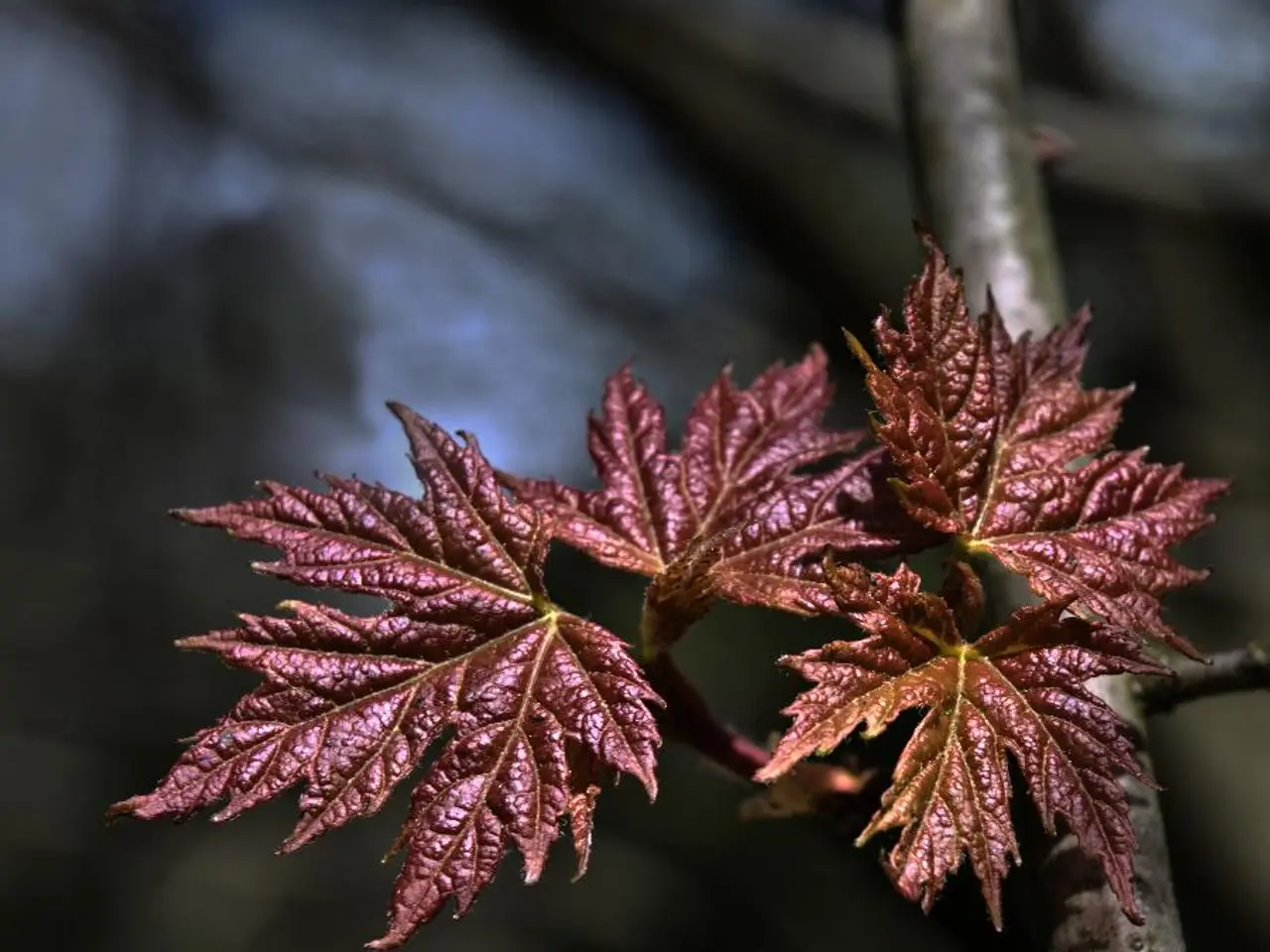Indoor plant leaf tips turning brown can suggest several issues, such as under-watering, over-watering, exposure to cold drafts, or high levels of fertilizer.
Indoor plants are a popular addition to homes and offices, but their health can sometimes be a cause for concern, especially when leaves start to brown. Brown leaf tips in indoor plants can be a distress signal, signifying a range of environmental and care-related factors.
This article aims to shed light on the common causes of brown-tipped leaves in indoor plants and provide practical solutions to help maintain the lush green foliage that these plants are known for.
### Common Causes of Brown Leaf Tips
1. **Low Humidity**: Indoor air, especially in winter, tends to be dry. Many houseplants, such as spider plants and dracaenas, are particularly sensitive to dry air. Increasing humidity by using humidifiers, pebble trays with water, terrariums, or grouping plants closely can improve conditions.
2. **Inconsistent Watering**: Both underwatering and overwatering cause browning tips. Underwatering leads to dry and crispy leaf tips, while overwatering can cause root rot and mold, leading to brown leaves. Proper watering involves checking soil moisture and watering thoroughly but less frequently to keep roots healthy.
3. **Excess Fertilizer / Salt Buildup**: Over-fertilizing can cause a buildup of salts in the soil, which burns leaf tips. Using the proper amount and type of fertilizer according to the plant species is essential to avoid this problem.
4. **Poor Water Quality**: Water containing high levels of chlorine, fluoride, or other chemicals can cause brown tips, especially in sensitive plants. Using filtered or rainwater can help mitigate this issue.
5. **Nutrient Deficiency**: Deficiencies in essential nutrients like nitrogen, iron, or magnesium may cause browning leaves. Adequate and balanced fertilization tailored to the plant’s needs can prevent this.
6. **Environmental Stress (Sunlight, Temperature Swings)**: Intense direct sunlight, extreme heat, or rapid temperature changes can damage leaf tissues, turning them brown at the edges.
7. **Pests or Diseases**: Infections or infestations by pests such as spider mites or fungal diseases can cause leaf browning and decline. Monitoring and treating infestations promptly is key.
### How to Address Brown Leaf Tips
- **Trim brown tips** with clean scissors to improve appearance but identify and fix underlying causes to prevent recurrence. - **Increase humidity** using a humidifier or by grouping plants together. - **Adjust watering practices**: water when the top inch of soil is dry, avoid letting soil dry out completely or become waterlogged. - **Use quality water**: consider filtered or distilled water if tap water quality is poor. - **Fertilize appropriately**: follow guidelines for your specific plant species to avoid salt buildup. - **Protect from harsh sunlight and temperature extremes** by placing plants away from direct intense sunlight or drafty windows. - **Inspect plants regularly for pests** and treat if needed.
By addressing these common causes and tailoring care to the specific species, indoor plants can recover and maintain healthy green foliage without brown tips.
Additional tips include adding perlite or sand to the soil mixture to improve drainage, misting leaves with water or placing a tray of water near the plant to create a mini-humid microclimate, and consulting plant care guides, fellow plant enthusiasts, or nursery experts to understand the specific needs of indoor plants.
With a little patience and care, brown leaf tips can be a thing of the past, and your indoor plants can thrive and bring life to your living spaces.
- Indoor plants may develop brown leaf tips due to low humidity, especially during winter, as many houseplants are sensitive to dry air.
- Inconsistent watering can also cause browning tips. Both under-watering, which leads to dry and crispy leaf tips, and over-watering, which can cause root rot and mold, should be avoided.
- Excess fertilizer or salt buildup in the soil can burn leaf tips. It's essential to use the proper amount and type of fertilizer according to the plant species to avoid this.
- Poor water quality, such as water containing high levels of chlorine, fluoride, or other chemicals, can cause brown tips in sensitive plants. Using filtered or rainwater can help mitigate this issue.
- Deficiencies in essential nutrients like nitrogen, iron, or magnesium may cause browning leaves.
- Environmental stress factors like intense direct sunlight, extreme heat, or rapid temperature changes can damage leaf tissues, turning them brown at the edges.
- Infections or infestations by pests or fungal diseases can cause leaf browning and decline. Monitoring and treating infestations promptly is key.
- By trimming brown tips, increasing humidity, adjusting watering practices, using quality water, fertilizing appropriately, protecting from harsh sunlight and temperature extremes, inspecting plants regularly for pests, adding perlite or sand to the soil mixture to improve drainage, misting leaves with water or placing a tray of water near the plant, and consulting plant care guides or nursery experts, brown leaf tips can be addressed effectively.
- With a little patience and care, indoor plants can recover and maintain healthy green foliage without brown tips, bringing life to your home and garden as well as improving your lifestyle.





